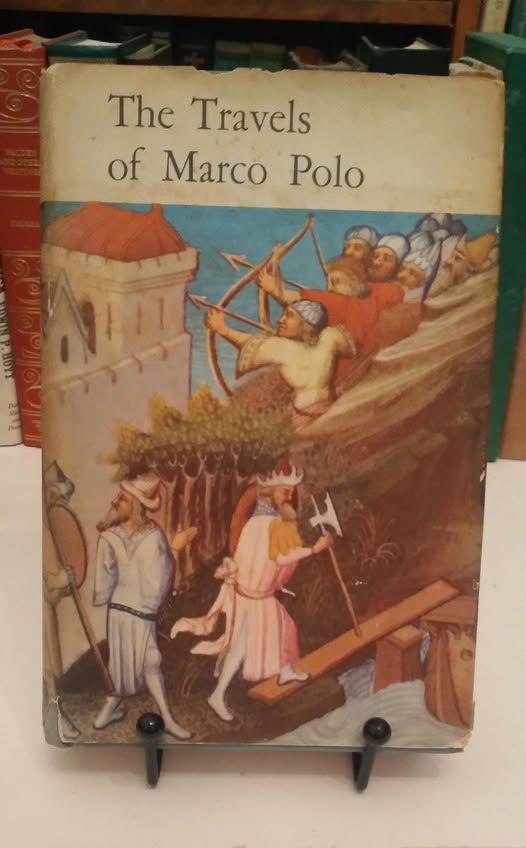Marco Polo’s The Travels stands as one of history’s most extraordinary eyewitness accounts, offering a dazzling portrait of the medieval world that reshaped Europe’s understanding of Asia. Written in 1298 while the Venetian explorer was imprisoned during the Genoese-Venetian war, this seminal work documents his 24-year odyssey across the Silk Road to the court of Kublai Khan – a journey that began when Polo was just seventeen years old.
What emerges is both a breathtaking adventure narrative and an invaluable historical record. Polo’s vivid descriptions transported medieval readers to the splendor of the Yuan Dynasty’s capital (modern Beijing), where he claimed to have served as a trusted envoy of Kublai Khan himself. His accounts of Chinese innovations like paper currency, efficient courier systems, and advanced urban planning seemed fantastical to European audiences accustomed to feudal societies. The book’s detailed observations about Asian geography, wildlife, and cultural practices – from Tibetan marriage customs to Sumatran spices – became foundational to Western conceptions of the East.
Yet The Travels has always occupied a fascinating space between documentation and legend. Polo’s failure to mention the Great Wall or Chinese tea culture has fueled centuries of debate about the authenticity of his account. Scholars now recognize that while some passages likely incorporated secondhand tales from fellow travelers, much of his material aligns remarkably well with historical records of Mongol China. The book’s very title (Il Milione) may reference both its countless stories and the skepticism they initially provoked.
Beyond its historical significance, Polo’s narrative pulses with the wonder of cross-cultural encounter. His descriptions of Hangzhou’s bustling markets, Himalayan landscapes, and the Khan’s summer palace at Xanadu (which inspired Coleridge’s famous poem) created an enduring image of Asia as a land of marvels. The work’s commercial details about silk production, pearl diving, and spice routes directly influenced later explorers, including Christopher Columbus, who annotated his personal copy during the 1492 voyage.
Today, The Travels endures not merely as a geographical account but as a testament to human curiosity and the transformative power of cultural exchange. It captures a singular moment when East and West peered into each other’s worlds through the eyes of a merchant-adventurer whose observations – whether always strictly factual or occasionally embellished – irrevocably expanded the medieval imagination. The book remains essential reading for anyone interested in the roots of global exploration, medieval intercultural contact, or simply one of history’s greatest adventure stories.

